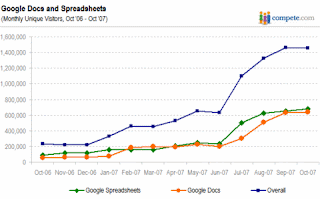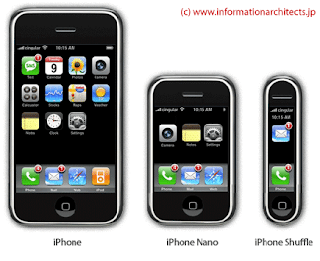
Though the evidence is contested, indeed many will argue highly contested, research studies on the effect of mobile phone use on cancer, especially those funded by the industry, continue to suggest there is no danger. Indeed, some scientists argue that non-ionizing radiation typical of cell phone use could not cause cancer. The problem is that not every study suggests there is no correlation.
Regular use of mobile telephones does increase the risk of developing tumors, a new study by Israeli researchers published in the American Journal of Epidemiology finds.
An extract of the report reported by Israel's Yedoit Aharonot newspaper put the risk of developing a parotid gland tumor nearly 50 percent higher for frequent mobile phone users, those who talk more than 22 hours a month.
The risk was still higher if users clamped the phone to the same ear, did not use hands-free devices or were in rural areas.
The study included 402 benign and 58 malignant incident cases of parotid gland tumor diagnosed in Israel at age 18 years or more, in 2001 to 2003.
The research was led by Dr Siegal Sadetzki, a cancer and radiation expert at the Chaim Sheba Medical Centre in Israel and as part of a World Health Organisation project.
Note that levels of usage identified as dangerous were 22 hours a month. As with many other studies, the potential danger has to be kept in perspective: sometimes it takes really unusual dosages of an irritant to trigger a negative result. In this case, we are talking about 44 minutes of use in a 30-day month. That won't appear excessive to many dispassionate observers.
Some researchers (such as Friedman and Richter)point out that there is a high degree of potential conflict of interest in the funding of studies showing that cell phone usage is safe.
Studies published in the New England Journal of Medicine and the Journal of the American Medical Association during 2001, for example, found a strong association for studies whose authors had an economic conflict of interest and also reported there is no danger from cell phone use. The association between industry-funded research and findings of "no threat" were associated with a greater than 99.9 percent level of confidence.
Maybe texting isn't such a bad precaution?
Observers cite:
1. Schutz J, Boehler E, Berg G, et al. Cellular phones, cordless phones, and the risks of glioma and meningioma (Interphone Study Group, Germany). American Journal of Epidemiology 2006;163:512–20.
2. Hardell L, Carlberg M, Mild KH. Case-control study of the association between the use of cellular and cordless telephones and malignant brain tumors diagnosed during 2000–2003.
3. Hardell L, Carlberg M, Hansson Mild K. Pooled analysis of two case-control studies on the use of cellular and cordless telephones and the risk of benign brain tumours diagnosed during 1997–2003. Int J Oncol 2006;28:509–18.
4. Friedman LS, Richter ED. Relationship between conflicts of interest and research results. Journal of Gen. Internal Medicine 2004;19:51–6.








